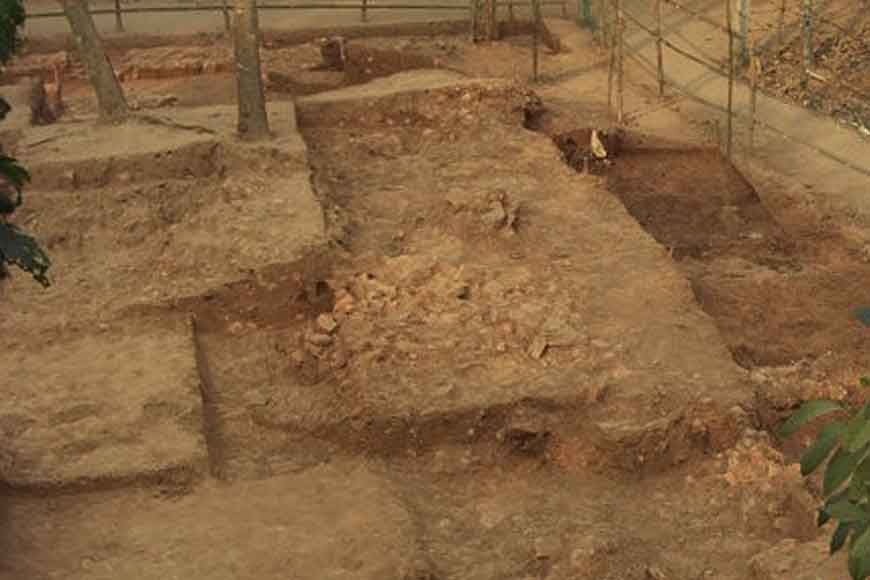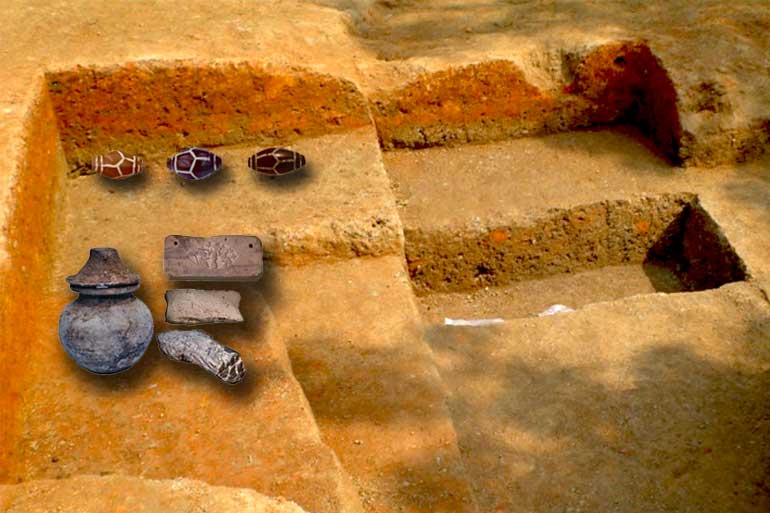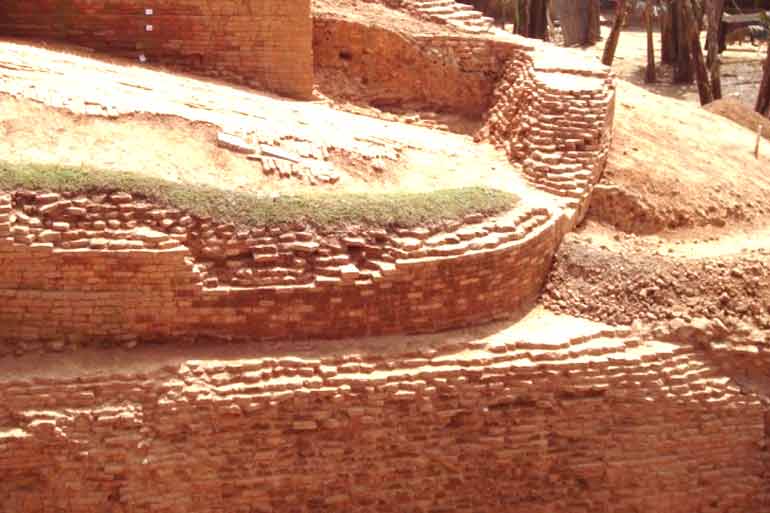How the passion of one man helped discover 2,500-year-old city

If you ever pay a visit to Dhaka and travel to the northeast, you will come across two villages --- Wari and Bateswar in Narsingdi district. This is the spot where way back in 1933, several silver coins were unearthed. A school teacher, Mohammad Hanif Pathan, discovered these coins. Hanif’s son Habibullah found out in 1955 that some workers of Bateswar village left two ancient iron arms. He gathered them and showed them to his father. Hanif Pathan wrote an essay on this in a daily called ‘Azad.’ The essay known as Purbo pakistan pragoitihashik shobbhota (Prehistoric Civilization of East Pakistan) made people aware about the archaeological importance of Wari-Bateshwar. Habibullah had a close association with Dhaka Museum. He made arrangements for accommodating these ancient valuables found in these two villages in the museum.

He was equally interested in history like his father. He used to ask the little ones of the area to collect all the ancient valuables and keep it stored with him. He also paid a little bit of money to them in return. As a result, he collected bronze horses, chisels, weighing machines of rocks, iron axes, terracotta figurines and much more. In 2000, the Department of Archeology of Jahangirnagar University started the work of excavation and after 10 years, the Ministry of Culture of Bangladesh Government allocated funds for archaeological research in this region. However, local people extended their hands to help from the very beginning.

And thus came up a City of Forts. Carbon-14 tests show this city was roughly built around 450 AD. Many forts surrounded by gigantic drains were also discovered. Local people often refer to one of these forts as ‘Fort of Assam king’. There are evidences of flourishing trade in this region. There are 1400 year-old Buddhist temples. An ancient pucca road which is18 meters long, 6 meters wide and 30 centimeters thick has also been found in Wari village. Dr Sufi Mostafizur Rahman of Archeology Department, Jahangirnagar University thinks that road is two and a half thousand years old. Professor Dilip Kumar Chakraborty of the Department of Archeology at Cambridge University said that a road of such length and width had not been discovered anywhere in the second urban civilization of the entire Gangetic Valley. It can be said that this is the oldest paved road in the Indian subcontinent after the Indus Valley Civilization. Some researchers believe that the ‘Sunnagar’ region referred by Greek scholars Ptolemy is nothing but these two villages- Wari and Bateshwar.









